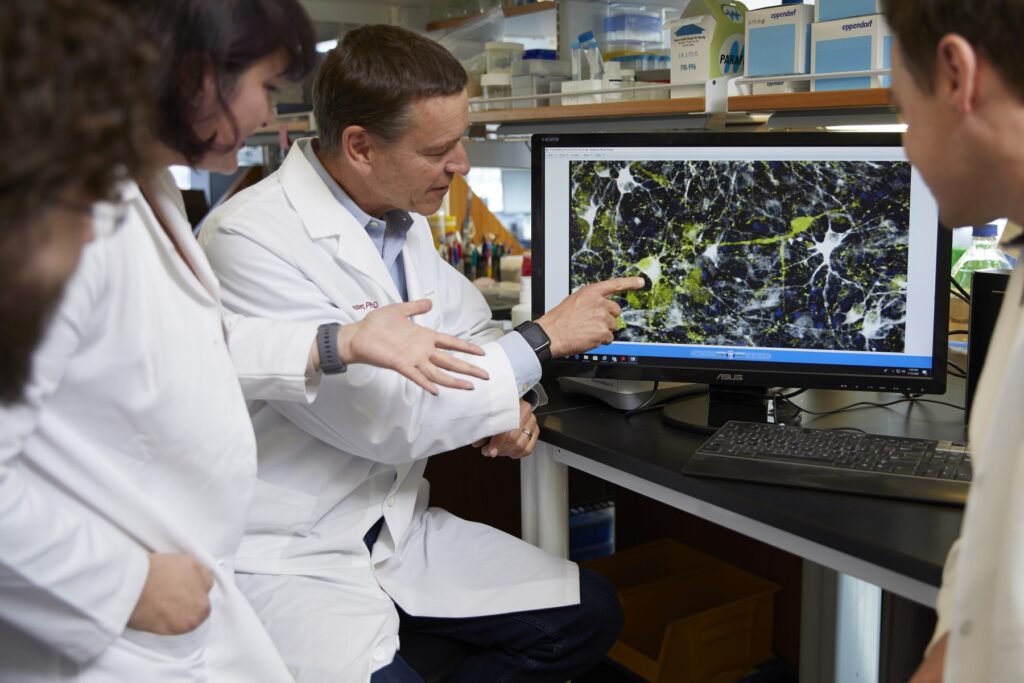Regenerative Medicine Research Program – Leading the Way to Medical Breakthroughs
Regenerative medicine, a revolutionary field at the forefront of medical science, has the potential to transform the way we approach the treatment of various diseases and injuries. Regenerative medicine research programs are playing a pivotal role in advancing our understanding of stem cells, tissue engineering, and genetic therapies. These programs are leading the way to medical breakthroughs that promise to change the landscape of healthcare. In this article, we will explore the key aspects of regenerative medicine research programs and their contributions to the future of medicine.

Harnessing the Power of Stem Cells
At the heart of regenerative medicine lies the remarkable potential of stem cells. Stem cells have the unique ability to differentiate into various cell types, making them a versatile tool for repairing damaged or diseased tissues. Regenerative medicine research programs are dedicated to exploring the properties of different types of stem cells, such as embryonic stem cells, induced pluripotent stem cells iPSCs, and adult stem cells, to understand their therapeutic applications. One of the most notable breakthroughs in this field is the development of iPSCs. These cells can be reprogrammed from adult cells, eliminating the ethical concerns associated with embryonic stem cells. Researchers in regenerative medicine are continuously refining techniques for generating and utilizing iPSCs to repair damaged organs, treat neurodegenerative diseases, and advance personalized medicine.
Tissue Engineering for Organ Replacement
Regenerative medicine is not limited to cellular therapies. Tissue engineering is another exciting branch that is pioneering the creation of artificial organs and tissues. Researchers are exploring innovative approaches to create functional replacements for damaged or diseased body parts. For instance, bioengineered organs such as bladders, tracheas, and even hearts are becoming a reality. In UTSA regenerative medicine research programs, scientists work with a combination of biocompatible materials and patient-specific cells to build tissues and organs in the laboratory. These engineered structures can be transplanted into patients, reducing the demand for donor organs and the risk of rejection. This is a significant advancement in regenerative medicine, offering hope to countless individuals on waiting lists for organ transplants.
Gene Therapies for Genetic Disorders
Regenerative medicine research programs are also making strides in the development of gene therapies, a promising avenue for treating genetic disorders. These therapies involve the introduction or modification of genes to correct genetic mutations responsible for various diseases. With advances in gene-editing techniques like CRISPR-Cas9, researchers are able to target specific genes with unprecedented precision. Conditions such as cystic fibrosis, sickle cell anemia, and muscular dystrophy, which were once considered incurable, are now being explored for potential gene therapies. These regenerative medicine research programs are pioneering the development of personalized treatments tailored to an individual’s unique genetic makeup.
Challenges and Ethical Considerations
While regenerative medicine holds immense promise, it also presents challenges and ethical considerations. The safety and efficacy of these innovative treatments must be rigorously tested through clinical trials. Additionally, ethical issues related to the use of human embryonic stem cells and the potential for misuse of gene-editing technologies must be addressed responsibly. Furthermore, regenerative medicine is often associated with high costs, raising questions about accessibility and affordability. Researchers and policymakers are working together to find solutions that ensure these groundbreaking therapies reach a broader range of patients.




